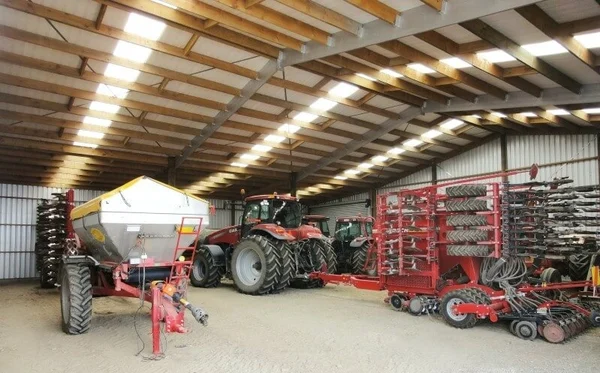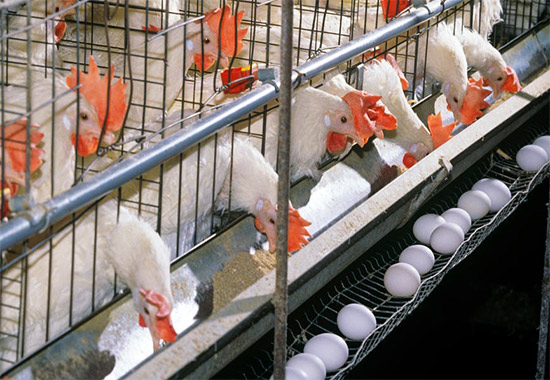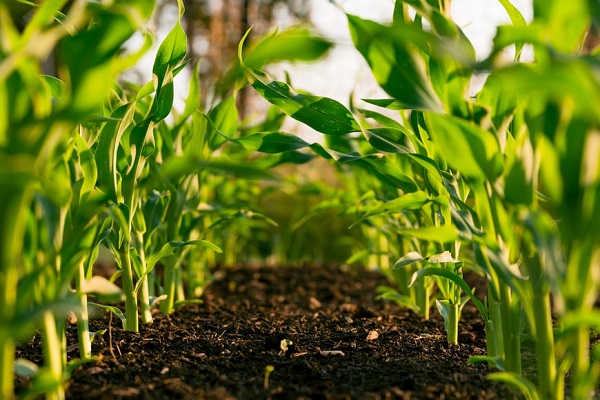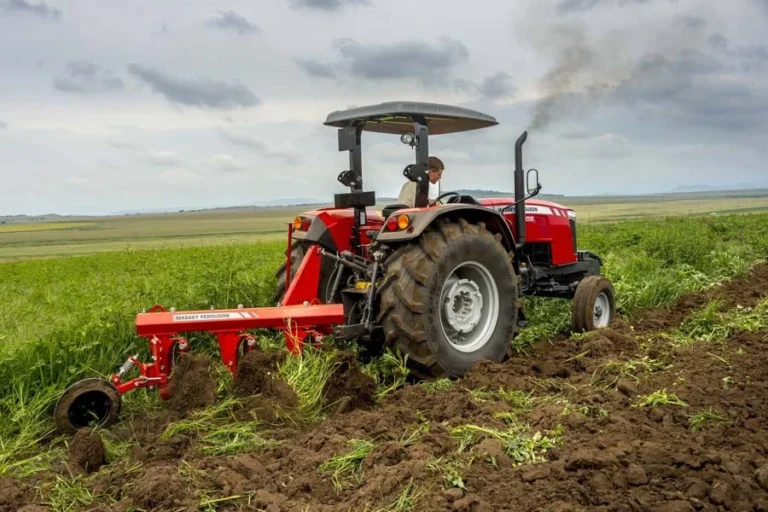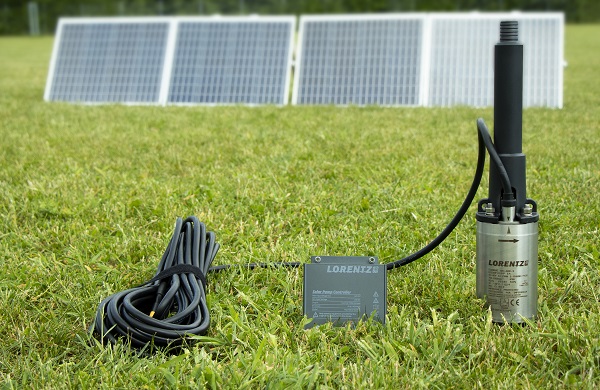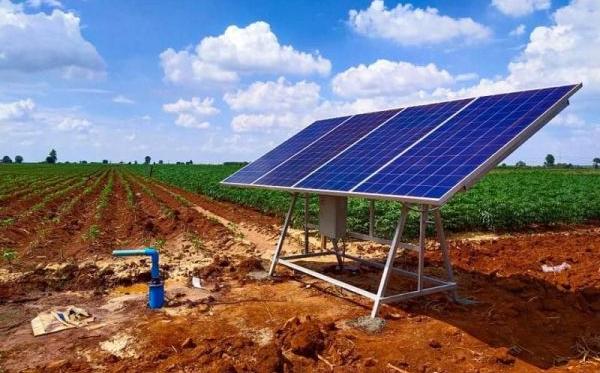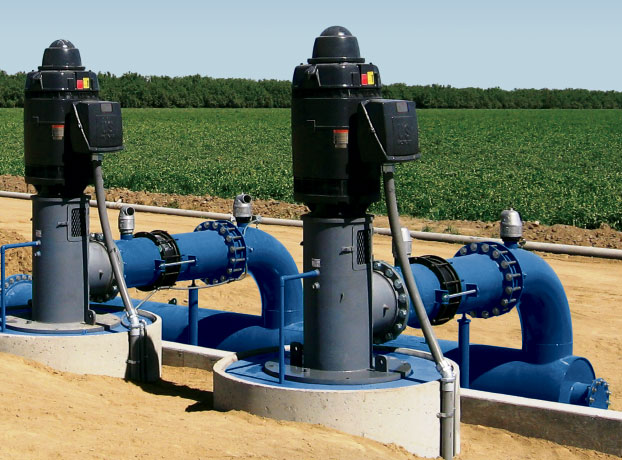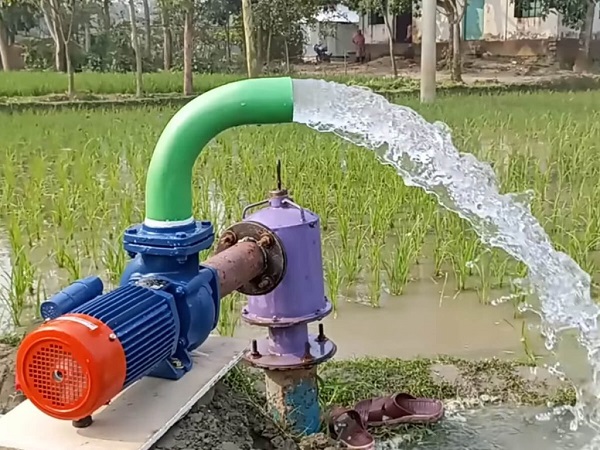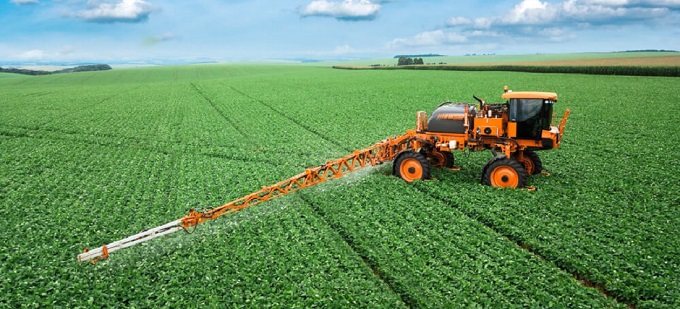When farming or construction work slows down during the off-season, machinery often remains idle until the next cycle.
Properly preparing your equipment for seasonal storage is crucial to avoid costly repairs, extend the lifespan of your machinery, and ensure that it’s ready to work as soon as you need it again.
In this guide, we’ll cover the essential steps and best practices for preparing your machinery for seasonal storage, ensuring that your investment stays in peak condition.
Why Proper Seasonal Storage Matters
Storing machinery without proper care can lead to corrosion, rust, leaks, battery drain, and even more severe mechanical issues. By following a systematic approach to storage, you can:
- Prevent Rust and Corrosion: Moisture can damage metal components, leading to rust.
- Extend Equipment Lifespan: A well-maintained machine lasts longer and performs better.
- Save Money: Proper storage prevents unnecessary repairs and replacement of parts.
- Ensure a Smooth Start-Up: With the right storage practices, your equipment will start up smoothly when it’s time to use it again.
Step-by-Step Guide to Preparing Your Machinery for Storage
1. Clean Your Machinery Thoroughly
Before storing your machinery, give it a thorough cleaning. Dirt, dust, grease, and crop residue can hold moisture, leading to rust and other damage. Follow these steps for effective cleaning:
- Use a High-Pressure Washer: This helps to remove dirt, grease, and other residues from hard-to-reach areas.
- Scrub with a Mild Detergent: For stubborn grease spots, use a mild detergent with a soft brush.
- Let It Dry Completely: Allow the machinery to dry thoroughly in a well-ventilated area to prevent moisture accumulation.
Cleaning your equipment also allows you to inspect it for any damages or wear and tear that might need repair before storage.
2. Inspect for Repairs and Maintenance
Storing a machine with existing issues can worsen the damage over time. Before storage, carry out the following checks:
- Inspect for Leaks: Check hoses, hydraulic lines, and seals for leaks.
- Check Belts and Hoses: Look for signs of wear or cracks in belts and hoses, replacing any that show damage.
- Tighten Bolts and Fasteners: Ensure all bolts, nuts, and fasteners are secure to prevent parts from loosening during storage.
- Change Oil and Filters: Old oil contains contaminants that can damage internal engine parts during long-term storage.
Performing these maintenance tasks will help prevent problems from worsening during storage, saving you time and money when you bring your equipment back into use.
3. Lubricate Moving Parts
Lubrication is critical for protecting moving parts against rust and corrosion during storage. Focus on these areas:
- Grease Joints and Bearings: Apply grease to all joints, bearings, and pivot points to keep them in good working condition.
- Use Anti-Corrosion Spray: Spray metal surfaces with an anti-corrosion product to create a protective barrier against moisture.
Proper lubrication ensures that parts move smoothly and stay protected throughout the storage period.
4. Fuel Management: Add a Fuel Stabilizer
Leaving fuel in your machine’s tank during storage can cause it to degrade, leading to gumming or varnish build-up in the fuel system. To prevent this:
- Add a Fuel Stabilizer: A fuel stabilizer prevents the fuel from breaking down and keeps it fresh during storage.
- Run the Engine: After adding the stabilizer, run the engine for a few minutes to ensure the treated fuel circulates through the system.
This step is particularly crucial for diesel engines, as stale fuel can cause injector problems.
5. Battery Maintenance
Batteries can lose their charge over time, especially in cold weather. Follow these steps to keep your battery in good shape:
- Disconnect the Battery: Disconnecting the battery prevents any drain caused by parasitic loads.
- Store in a Dry, Cool Place: Store the battery in a cool, dry place to maintain its charge.
- Use a Trickle Charger: A trickle charger can help maintain the battery’s charge without overcharging it.
Proper battery care ensures that your equipment starts without any hitches when it’s time to bring it out of storage.
6. Protect Tires and Tracks
Tires and tracks are often overlooked during storage but require special attention to prevent flat spots and cracks:
- Inflate Tires to Recommended Pressure: Keep the tires inflated to their recommended pressure to prevent flat spots.
- Use Blocks or Jacks: For heavy equipment, use blocks or jacks to take the weight off the tires.
- Avoid Direct Sunlight: Store machinery in a shaded area or cover tires with tarps to prevent UV damage.
Properly caring for tires and tracks ensures that they remain in good condition and extend their lifespan.
7. Store in a Dry, Covered Area
Where you store your machinery can make a big difference in its condition after months of inactivity:
- Use a Shed or Barn: Store machinery in a shed, barn, or any other enclosed structure to protect it from the elements.
- Use Tarps or Covers: If an indoor storage option is unavailable, use heavy-duty tarps to cover your machinery.
- Ensure Proper Ventilation: Good airflow prevents condensation buildup, which can lead to rust.
A dry, covered storage area keeps your machinery safe from harsh weather and prevents moisture accumulation.
8. Label and Document Maintenance Work
Before putting machinery into storage, label it with a summary of the maintenance work completed, such as oil changes or parts replacements. This documentation will make it easier to identify what needs attention before the machinery is used again.
9. Plan for Periodic Checks During Storage
Even when machinery is in storage, periodic checks can help spot potential issues early:
- Check for Pest Infestations: Mice, rats, and insects can nest in stored machinery. Use repellents and check for infestations.
- Start the Engine Occasionally: If possible, start the engine every few weeks to circulate the fluids and keep components in good condition.
- Inspect for Moisture: Check for signs of moisture or condensation, especially in metal parts, and address any issues promptly.
Regular checks during the storage period ensure that your machinery remains in good condition, reducing start-up challenges.
Conclusion: Make the Most of the Off-Season
Properly preparing your machinery for seasonal storage is a smart investment in the longevity and performance of your equipment.
By following the steps outlined in this guide, you can prevent costly damage, keep your machinery in peak condition, and ensure a seamless return to work when the season changes. Whether you’re storing tractors, excavators, or any other equipment, a little effort now can save you significant time, money, and frustration later.
By focusing on these essential aspects, your machinery will stay in excellent condition and be ready to perform at its best when you need it again. For more insights and expert tips on agricultural and construction equipment maintenance, be sure to visit our blog regularly!
Also Read
How to choose the right tractor for your farm needs: A comprehensive guide
